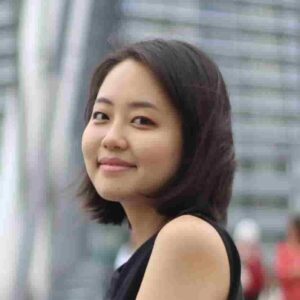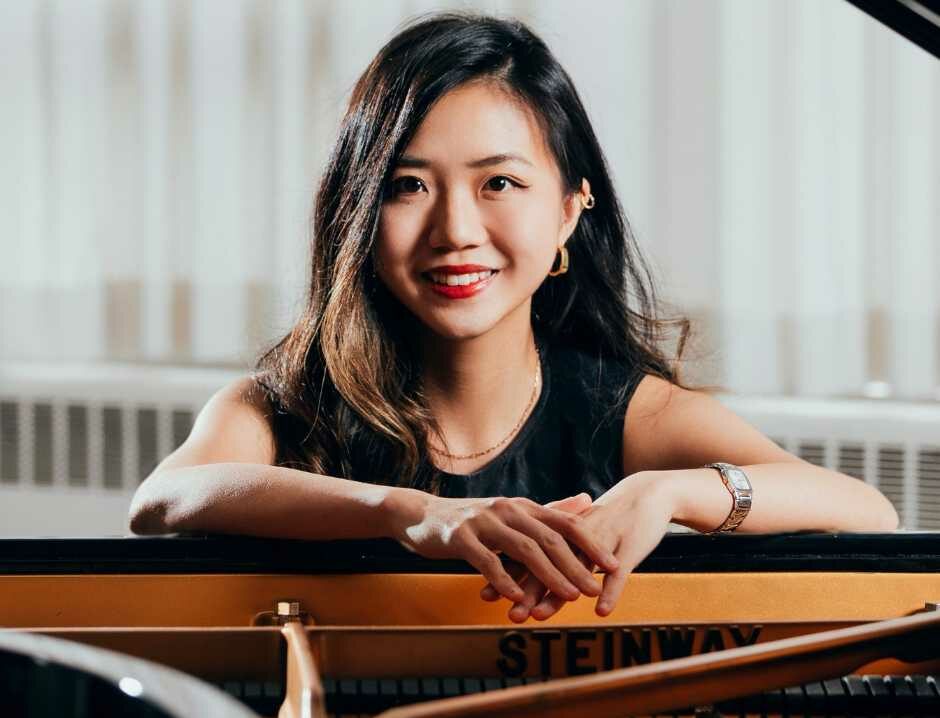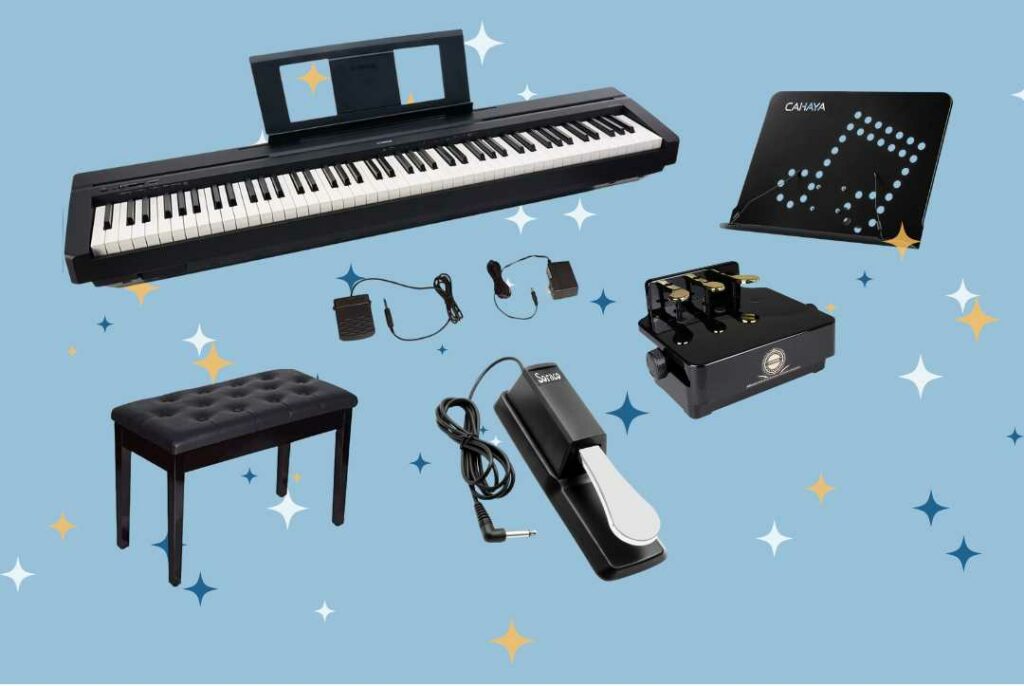What Is Sight Reading in Music? Here’s 8 Tips to Become a Great Sight Reader
Why strong sight reading improves your technique, timing, and performance

Rose Park
updated 10/23/25 • 4 min read

What Is Sight Reading?
Sight reading is an important skill for any music learner, but it might be new to beginners. Basically, sight reading means being able to glance at a piece of music and play it without prior practice or preparation. It’s a skill that every musician and student wants to get better at so they can expand their repertoire and learn music faster.
With practice and guidance, anyone can improve their sight-reading skills and feel confident tackling new music. Check out these 8 tips to learn how to sight-read.
1. Check the Basic Musical Frame First
Structure




Try a Free 30 Minute Lesson with Music Specialists
60+
Instructors
50,000+
Lessons taught
4.9/5 ⭐⭐⭐⭐⭐
Average lesson rating
Harmony
Rhythmic patterns
Challenging sections
Tempo and dynamic markings
2. Visualize the Music
3. Choose the Right Tempo

The tempo marking is an important element that tells you the overall pace of the music. Don’t just play fast without paying attention to it.
Try remembering that the goal of sight reading is to play music steady without missing details.
4. Group the Notes
Tip: If you’re a pianist, start reading from the left hand notes to the right hand notes.
Tip: If you’re a singer, locate where the melody peaks and plan where to breath in and out for the next measure. This helps to avoid running out of breath easily.

Explore LWY music lessons
5. Keep Playing Even if You Make Mistakes
It’s natural to make mistakes while sight reading. Don’t worry if you make mistakes and just try to move on to the next measure. Try to avoid fixing mistakes in the middle of playing as you can review and correct them after the first sight reading.
Typical mistakes in sight reading are:
- Inaccurate counting
- Inaccurate rhythms
- Missing sharps or flats
- Wrong keys or registers
- Hesitation or stumbling.
6. Anticipate the Next Measure
When sight reading, it’s important to keep an eye on the upcoming measures to prepare for the notes and rhythms. Look ahead a few beats or a measure and avoid focusing too much on the note you’re currently playing. Once you sight read new music this way for a week or two, it will get easier to keep playing new music each time without stopping too much.
If you keep practicing sight reading like this for a week or two, you’ll find it gets much easier to play new pieces smoothly, keeping a steady tempo and avoiding too many stops along the way.
7. Review Sight Reading Each Session
Here are some questions you might consider asking yourself after sight reading a piece of music. You could also record your sight reading and review it afterward.
- Did I keep the tempo steady throughout the music?
- Did I misread any notes or rhythms?
- Was I feeling hesitant in the middle of a measure or a phrase? Where did I feel hesitant?
- Did I stop anywhere? Why did I stop?
- How well did I play in the challenging sections?
- What can I do better next time? How can I improve the problems and minimize similar mistakes?
8. Build a Consistent Sight Reading Routine
Sight reading can feel a bit stressful at first, especially when you are eager to get better fast. But don’t worry, every little step forward counts, and staying consistent makes all the difference.
Try starting each practice session with just 5 minutes of sight reading for the next 10 days. As you get more comfortable, you can slowly increase the time depending on the music’s difficulty. If a piece feels too long, focus on a smaller section. You can also change things up by picking new music each time or every couple of days. The goal is to build a steady sight reading habit and keep growing your repertoire.
Keep these 8 tips in mind during your practice sessions. Even if one sight reading session doesn’t go the way you hoped, don’t worry about it, you have plenty of time to keep improving.
Start a Free Trial Lesson at Lesson With You!
Learn to master sight reading and essential techniques with Lesson With You. Our vetted, expert music teachers make it easy to learn from the comfort of your home. No travel or hosting needed, just get the most out of your lesson.
The first trial lesson is free! No Contracts Ever.
Interested in a certain style?
Musical Theatre Singing Lessons | Classical singing Lessons | Rock singing Lessons | Country singing Lessons | Pop Singing Lessons
Classical Guitar Lessons | Acoustic Guitar Lessons | Jazz Guitar Lessons | Rock Guitar Lessons | Electric Guitar Lessons | R&B Guitar Lessons

Rose Park
Rose Park is a graduate of the Jacobs School of Music at Indiana University where she studied Piano Performance and Arts Administration, receiving both Bachelor's and Master's degrees before co-founding Lesson With You. As a pianist, Rose was a prizewinner in many international piano competitions and performed at various summer programs and festivals across the United States, Italy, and Japan.




